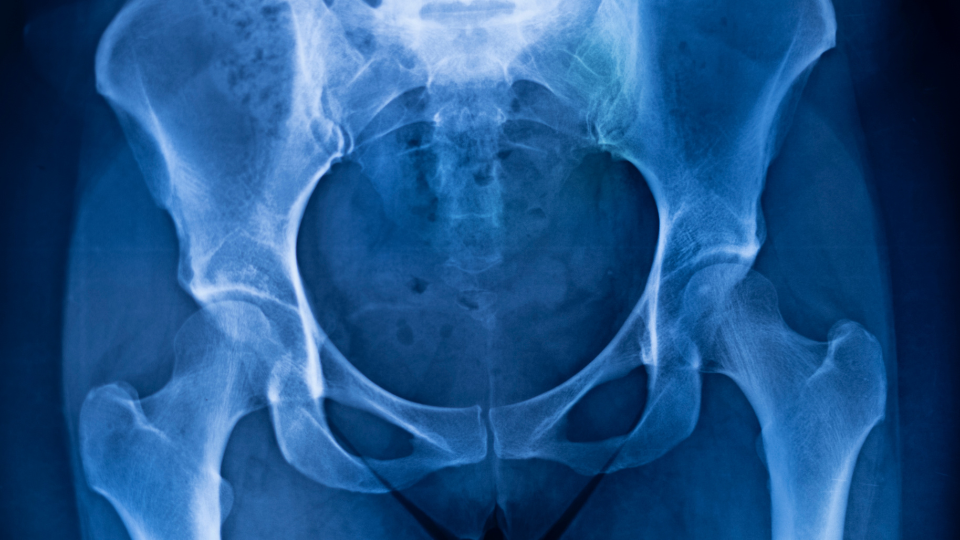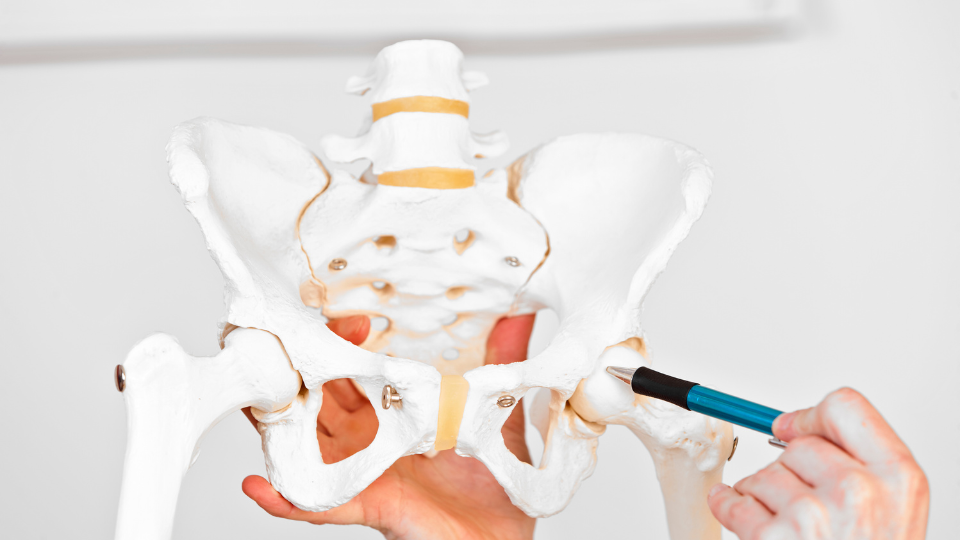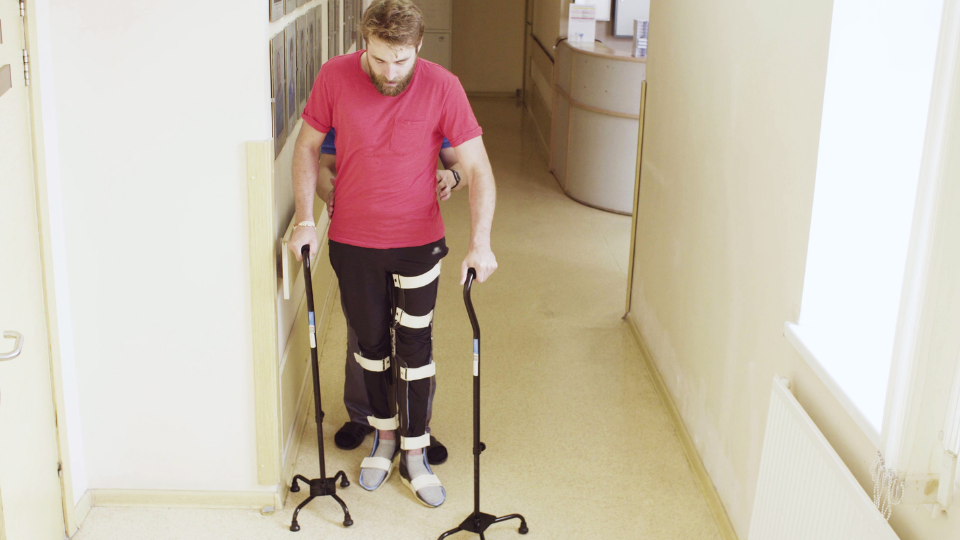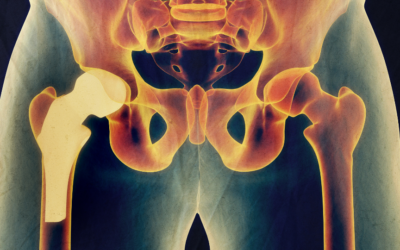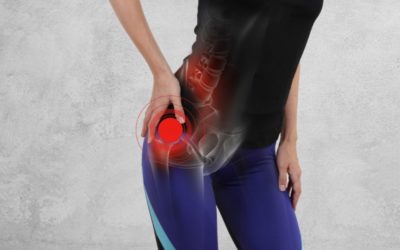Do you ever wonder if hip cartilage can mend itself and restore lost mobility? You are not alone. For many people dealing with arthritis, the constant wear and tear on the joint surfaces causes a great amount of worry as to how their mobility will be affected in the long run. Fortunately, medical science has made strides in finding ways to slow down or even reverse damage caused by this painful condition. In this blog post we’ll discuss whether hip cartilage can repair itself and what treatments are available for individuals struggling with chronic hip pain due to arthritis or some other cause!
As a general rule, hip cartilage has limited self-repair ability. Minor damage may heal with rest, physical therapy, and medication. For significant damage, medical interventions like microfracture surgery, autologous chondrocyte implantation, or osteochondral grafting are needed.
What is Cartilage?
Cartilage is a flexible, rubber-like connective tissue found throughout the body. It acts as a cushion between bones, enabling smooth movement and providing structural support.
Types of Hip Cartilage
There are three types of cartilage:
- Hyaline cartilage: The most common type, found in joints, the ribcage, and the respiratory system.
- Elastic cartilage: Highly flexible, found in the ears and epiglottis.
- Fibrocartilage: Tough and durable, found in the intervertebral discs and knee menisci.
I’ve written a complete hands-on review about the best seat cushion after hip surgery, and here are some of the shocking issues I ran into in this post!
Hip Cartilage Repair Without Surgery
Hip cartilage injuries can cause damage to a point where it cannot repair itself. In such cases, more severe damage may require surgery. However, less severe damage can be treated with non-surgical methods. A technique called microfracture is a minimally invasive approach that helps the cartilage heal on its own. This technique involves creating small holes in the bone below the damaged cartilage. The holes stimulate the growth of new cartilage, which can eventually replace the damaged cartilage. Stem cell therapy is another non-surgical approach that shows promising results in cartilage repair. Stem cells are injected into the damaged area to encourage the growth of healthy cartilage.
All Day Comfort & Support
No Cartilage in Hip Joint
The hip joint is a ball-and-socket joint that is held together by ligaments and muscles. The joint is lined with a layer of cartilage that provides cushioning and allows for smooth movement of the bones. However, if the cartilage in the hip joint is severely damaged or worn out, it can lead to bone-on-bone contact and cause pain and discomfort. In some cases, there may be no cartilage left in the hip joint, which can make it difficult to move and cause severe pain. In such cases, hip replacement surgery may be required to replace the damaged joint with an artificial one.
Hip Cartilage Damage Symptoms
Hip cartilage damage can cause a range of symptoms, including hip pain, stiffness, and limited range of motion. The pain may be sharp and sudden or a dull ache that worsens with activity. It may also be accompanied by a clicking or popping sound when the hip is moved. In some cases, the pain may be felt in the groin or buttocks. Other symptoms may include swelling, tenderness, and a feeling of instability in the hip joint. If you experience any of these symptoms, it is important to seek medical attention to determine the cause and appropriate treatment.
Hip Cartilage Pain
Hip cartilage pain can be debilitating and affect your daily activities. The pain may be caused by a range of factors, including cartilage damage, inflammation, or injury to the hip joint. Treatment for hip cartilage pain depends on the severity and underlying cause of the pain. Non-surgical treatments, such as physical therapy, anti-inflammatory medication, and corticosteroid injections, may be effective in relieving pain and improving mobility. In more severe cases, surgical intervention may be necessary to repair or replace damaged cartilage.
Hip Cartilage Replacement Cost
Hip cartilage replacement is a surgical procedure that involves replacing damaged cartilage in the hip joint with healthy cartilage. The cost of hip cartilage replacement varies depending on the extent of the damage, the type of procedure performed, and the geographical location. The cost may also include fees for hospitalization, anesthesia, and post-operative care. It is important to consult with your healthcare provider and insurance company to determine the expected cost and coverage for the procedure. In some cases, insurance may cover a portion of the cost of hip cartilage replacement surgery.
Axial Ergonomic Seat Cushion® | Seat Chair Wedge
Quick Guide: A 30-Second Summary
Causes of Hip Cartilage Damage | Cartilage Damage | Cartilage Injuries | Hip Cartilage
Hip cartilage can be damaged for various reasons, such as:
Age
As we age, cartilage naturally begins to wear down and lose its elasticity, making it more prone to damage.
Injury
Sudden impact or trauma to the hip joint, such as a fall or accident, can cause cartilage damage.
Overuse
Prolonged, repetitive activities can strain the hip joint and wear down cartilage over time.
Disease
Conditions like osteoarthritis and rheumatoid arthritis can cause cartilage degeneration.
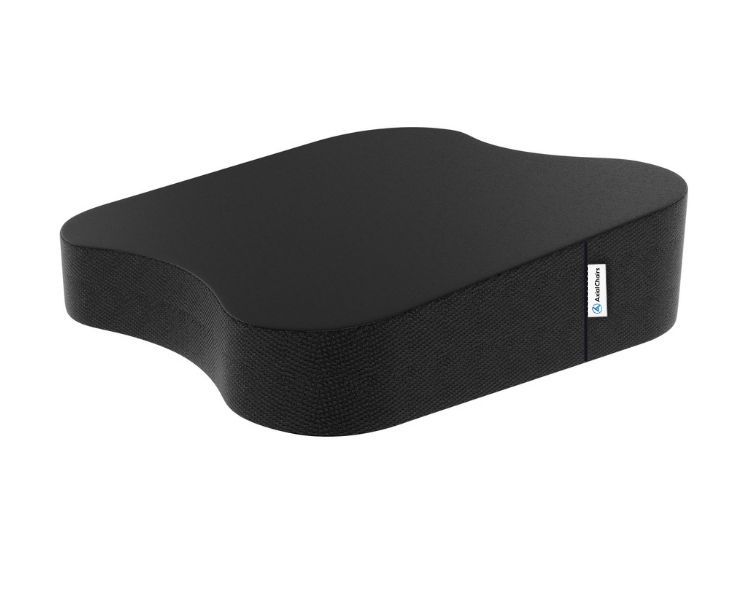
All Day Comfort & Support
Product Name
Axial Designs™ Seat Cushion
Price
$149
Warranty
1 Year
Type
Posture Wedge
Top Layer
100% Natural Latex (Molded)
Bottom Layer
High-Density Foam
Top Material
Isometric Grippy Vegan Leather
Bottom Material
Non-Slip Material
Side Material
3D Breathable Fabric
Cartilage Regeneration | Hip Cartilage Repair
Natural Healing Processes | Hip Repair
The body has a limited ability to repair damaged cartilage. Unlike other tissues, cartilage lacks blood vessels, making the healing process slow and challenging. However, some types of cartilage have a better regenerative capacity than others. For example, fibrocartilage can heal better than hyaline cartilage.
Limitations of Damaged Cartilage
Cartilage’s ability to repair itself is limited, and it may never fully return to its original state. The healing process often results in the formation of scar tissue, which is not as flexible or durable as the original cartilage.
Treatment Options
While the body’s natural healing capacity may be limited, there are various treatment options available to help manage hip cartilage damage:
Non-Surgical Treatments
- Physical therapy: Strengthening muscles around the joint can provide support and alleviate pain.
- Pain management: Anti-inflammatory medications and corticosteroid injections can help reduce inflammation and pain.
- Weight management: Maintaining a healthy weight reduces stress on the hip joint.
Surgical Treatments for Articular Cartilage
- Hip arthroscopy: A minimally invasive procedure to remove or repair damaged cartilage.
- Osteochondral grafting: Transplanting healthy cartilage from a donor site to the damaged area. 3. Joint replacement: In severe cases, a total hip replacement may be necessary to replace the damaged joint with an artificial implant.
Prevention Tips
To minimize the risk of hip cartilage damage and promote overall joint health, consider the following tips:
- Maintain a healthy weight to reduce stress on your joints.
- Engage in regular physical activity, including low-impact exercises such as swimming or cycling, to strengthen the muscles around the joint.
- Practice good posture to distribute weight evenly across your joints.
- Avoid excessive high-impact activities that can strain your hip joint.
- Incorporate stretching and flexibility exercises into your routine to maintain a full range of motion.
FAQs
- Can hip cartilage repair itself completely? The body’s ability to repair cartilage is limited, and it may never fully return to its original state. However, some treatments can help manage pain and improve joint function.
- Is there a way to prevent hip cartilage damage? Preventing cartilage damage involves maintaining a healthy weight, engaging in regular physical activity, practicing good posture, and avoiding excessive high-impact activities.
- What are the non-surgical treatment options for hip cartilage damage? Non-surgical treatments include physical therapy, pain management through medication, and weight management.
- When is surgery necessary for hip cartilage damage? Surgery may be necessary when non-surgical treatments fail to provide relief or when cartilage damage is severe, affecting joint function and mobility significantly.
- Can lifestyle changes help with hip cartilage repair? Lifestyle changes such as weight management, regular physical activity, and practicing good posture can help alleviate pain and promote overall joint health. However, they may not reverse existing cartilage damage completely.
Summary
To conclude, hip cartilage is known to have limited self-repair ability. Therefore, minor damage may heal with the help of rest, physical therapy, and possibly some dicrection from a pain management specialist. As for more significant damages to hip cartilage, medical interventions like microfracture surgery, autologous chondrocyte implantation, or osteochondral grafting are needed in order to restore the damaged tissue and help bring relief from pain. Ultimately, understanding the nature of hip cartilage repair is paramount for health care provider and patients alike when it comes to prescribing treatment options. Ultimately, we can say that hip cartilage is pretty resilient but if damage occurs we should follow our physician’s advice and seek specialized medical interventions whenever indicated in order to ensure our hip joint’s health.

